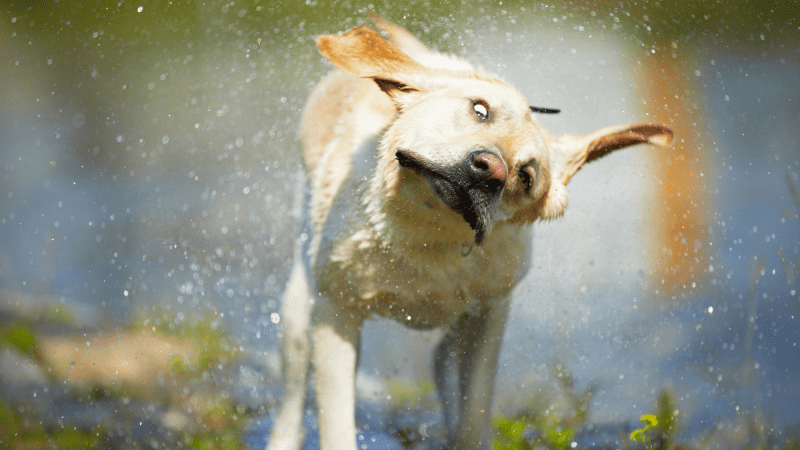Dogs
What makes someone a dog person? How many tricks can a puppy learn? Are doggie DNA tests really accurate? Get the answers to all these and more.
Latest in Dogs

Environment
Why wet dogs shake so much

Environment
What makes someone a dog person? How many tricks can a puppy learn? Are doggie DNA tests really accurate? Get the answers to all these and more.
Breakthroughs, discoveries, and DIY tips sent every weekday.
By signing up you agree to our Terms of Service and Privacy Policy.